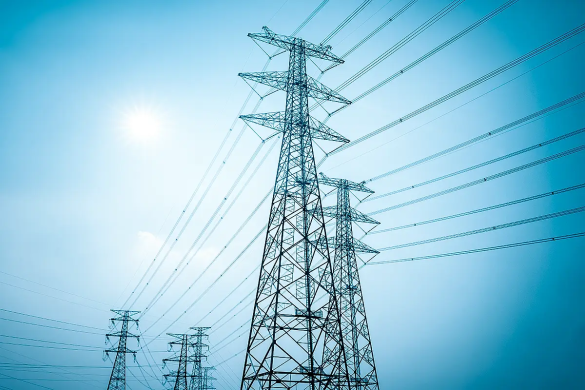Electricity and Energy Minister Dr. Kgosientsho Ramokgopa has announced a comprehensive review of South Africa’s electricity pricing policy. The aim is to address an affordability crisis that is increasingly affecting poor households and undermining access to electricity. This review will involve consultations with the South African Local Government Association, Eskom, the National Energy Regulator of South Africa (Nersa), and other stakeholders. The outcome could significantly change how electricity tariffs are set and how low-income households receive subsidies.
Dr. Ramokgopa made this announcement amid rising protests in Johannesburg. These protests followed the introduction of a R200 monthly surcharge on pre-paid electricity customers to cover City Power’s network costs. Additionally, load-reduction measures have been implemented in areas where substations are at risk due to overloading from illegal connections. Ramokgopa highlighted that poor communities are increasingly unable to afford the rising electricity tariffs. The current monthly 50 kWh free basic electricity (FBE) allowance is inadequate and fails to reach most of the indigent households it targets.
Of the ten million households eligible for the subsidy, only two million are currently benefiting from it. This shortfall persists even though funds are transferred to municipalities to cover FBE costs. The planned tariff policy review will cover six main components. These include transparency of unbundled tariffs for Eskom Distribution and the National Transmission Company South Africa, an assessment of how the electricity subsidy framework should evolve, establishing a pricing framework for microgrids, a review of the FBE policy, an assessment of distributed generation in the context of electricity distribution industry reform, and a review of the tariff setting methodology.
Ramokgopa stressed the crucial role of Nersa in finding a balance between affordability for poor households and the transition to cost-reflective tariffs for other consumers. However, no mention was made of Nersa’s recent challenges. Their latest attempt to overhaul the multiyear price determination (MYPD) methodology for setting tariffs was abandoned due to concerns about its implementation.
Recently, Nersa rescinded its approval of the Electricity Price Determination Methodology Rules after reassessing their practicality. These rules lacked a clear formula for calculating tariffs, which led to their withdrawal. Consequently, Eskom’s next tariff application will still use the MYPD methodology. This application is for allowable revenue of R446 billion for the 2025/26 period, which could result in a tariff increase of more than 36% if approved.
Dr. Ramokgopa emphasized that the review of the Energy Pricing Policy is crucial for establishing a clear pricing policy for the industry. This clarity is necessary for Nersa to implement effective pricing regulations. The affordability crisis in South Africa’s electricity sector is a growing concern. Many households struggle with rising tariffs, and the current support mechanisms are not reaching those in need. This policy review aims to address these issues and create a more equitable system for electricity pricing and access.



